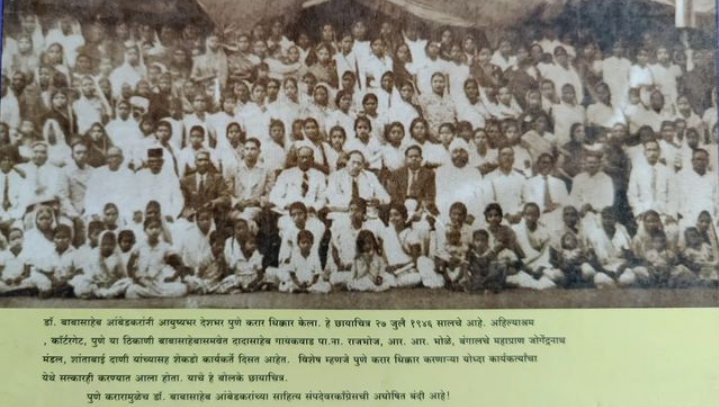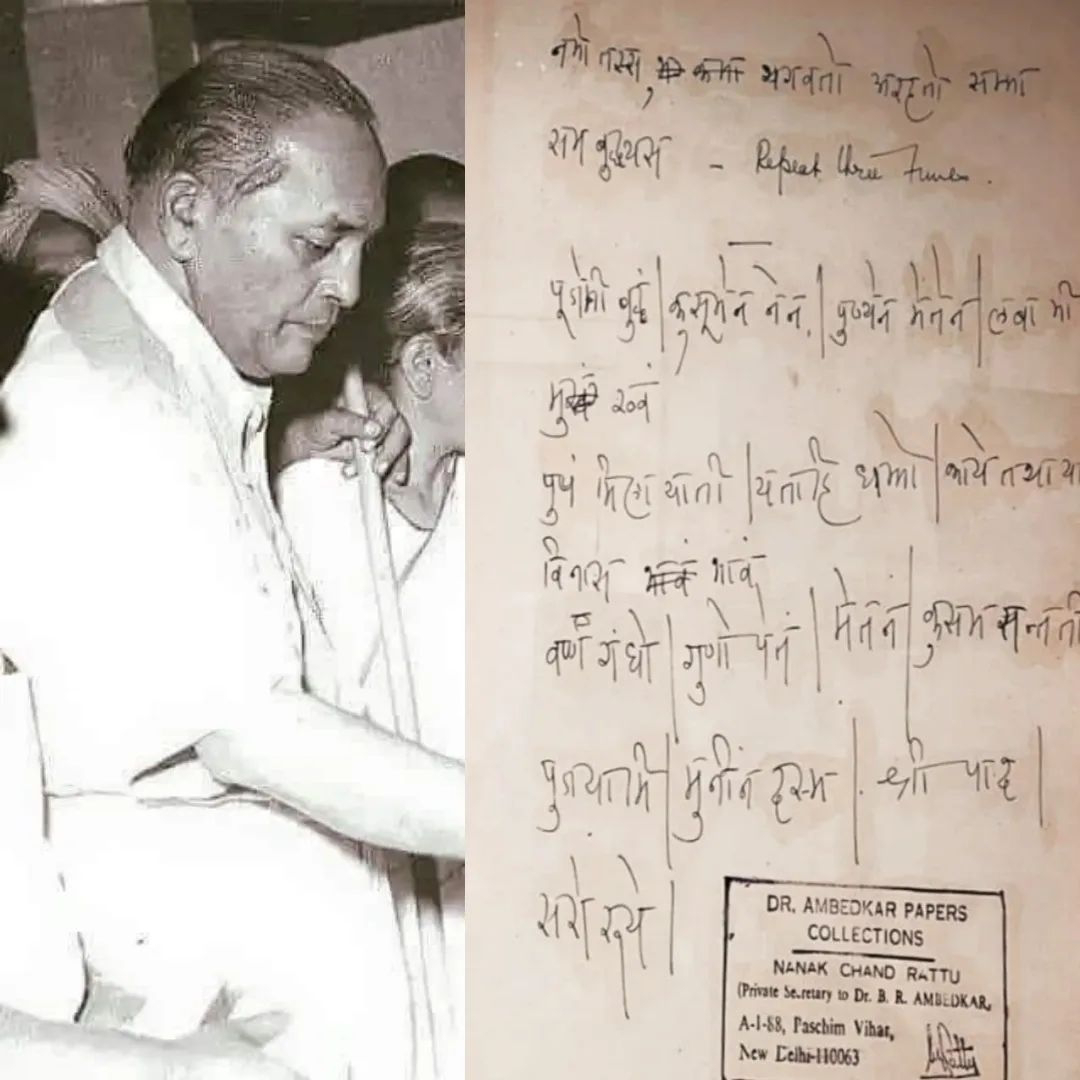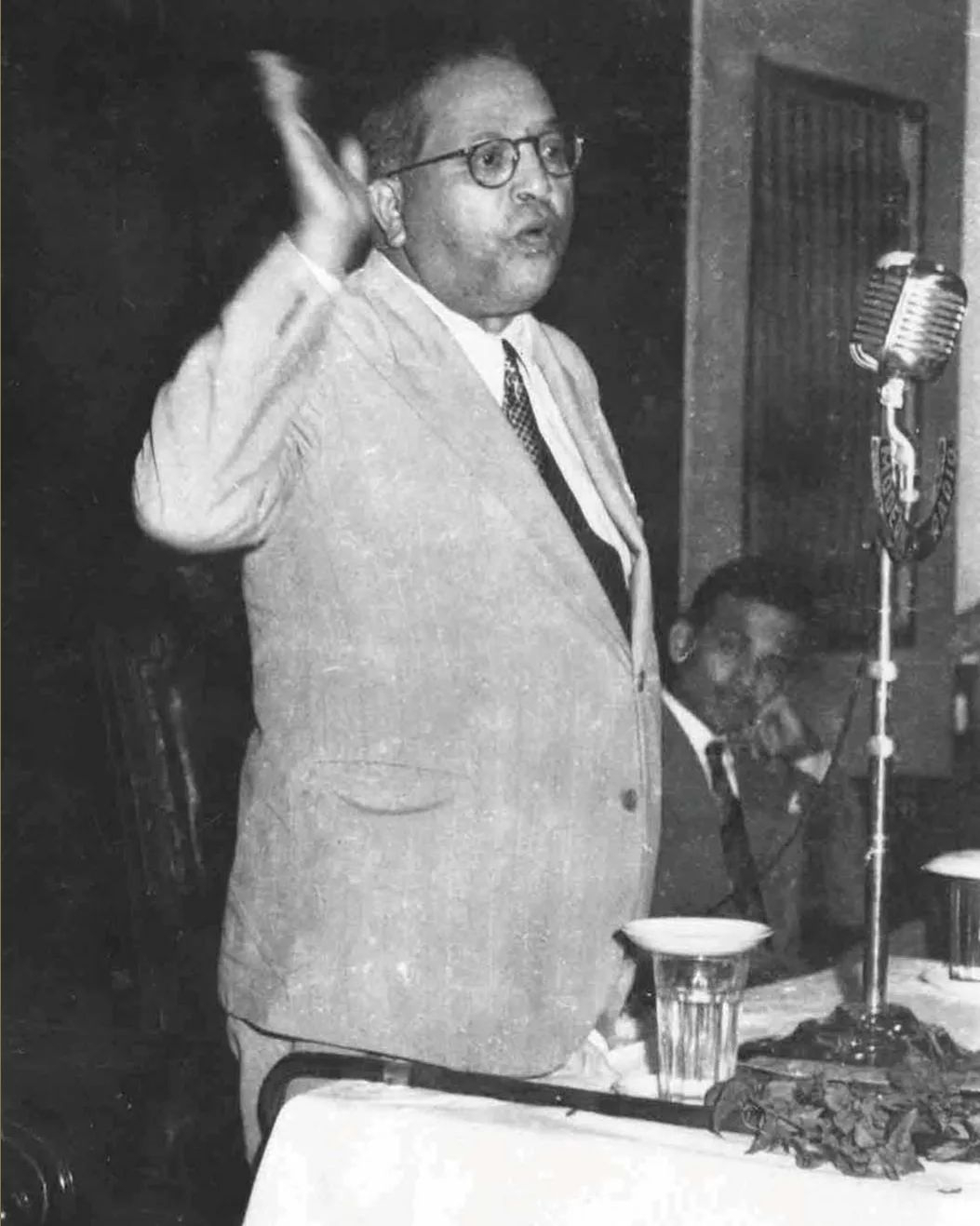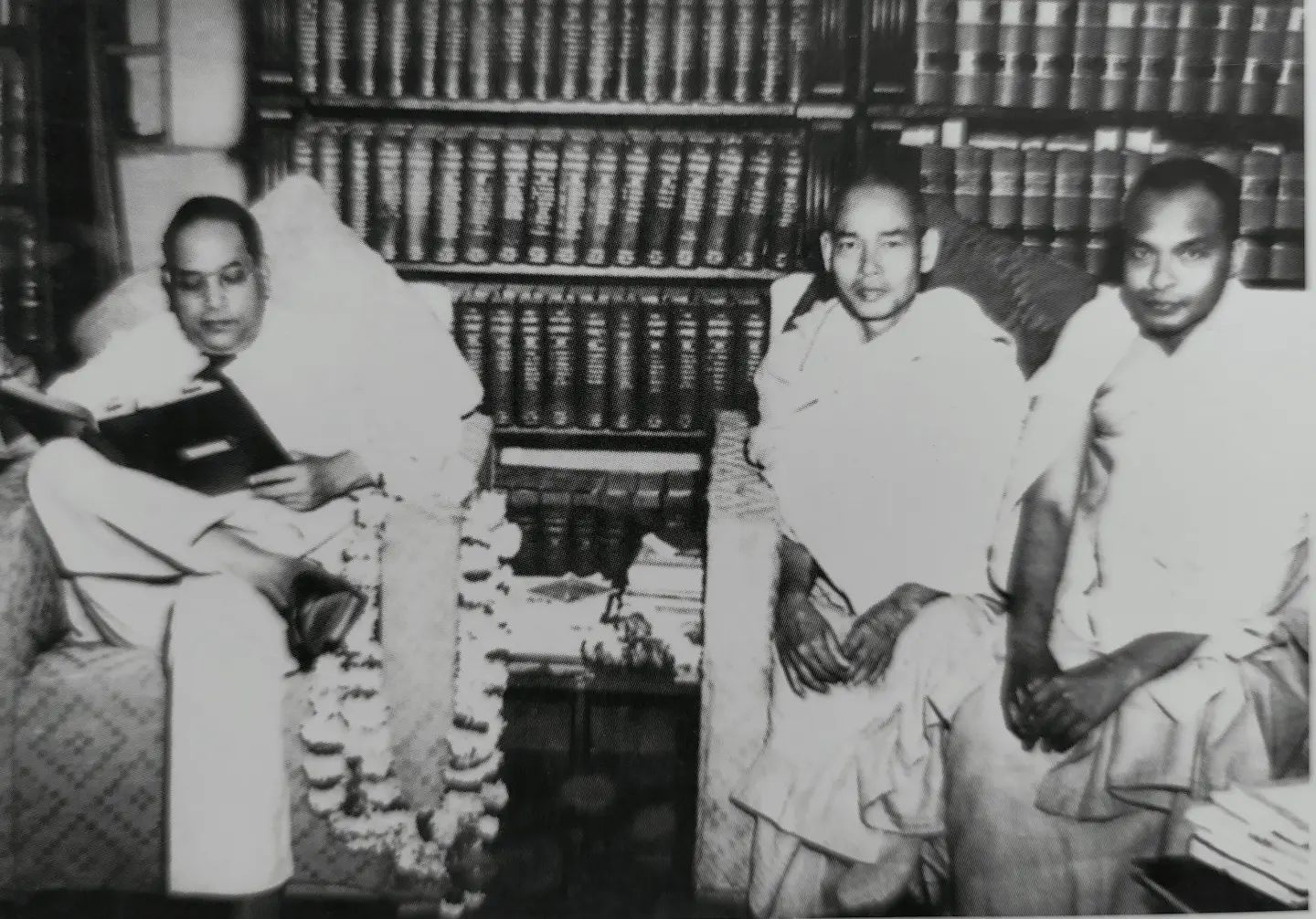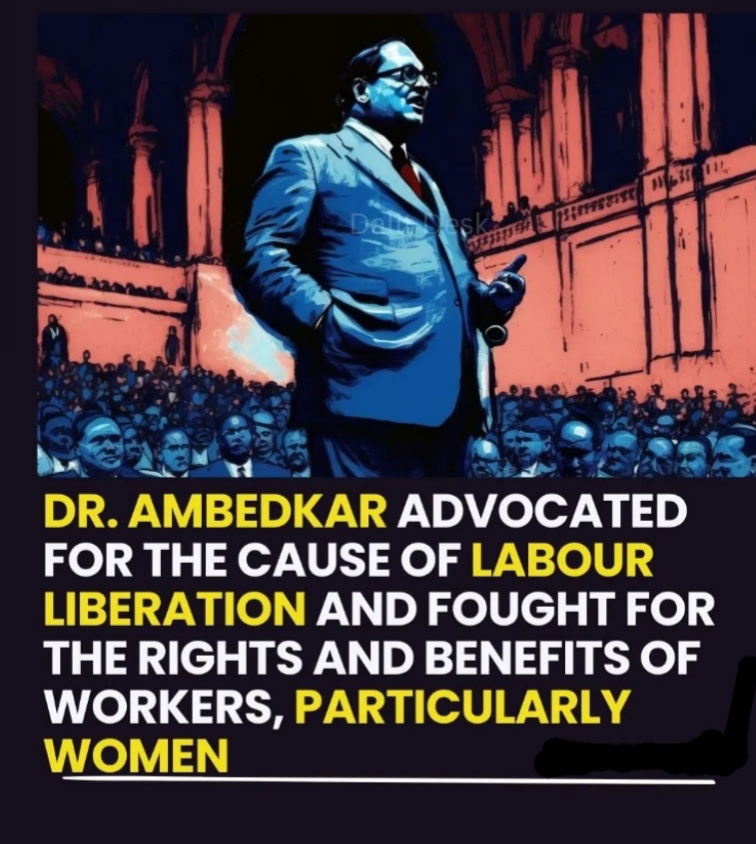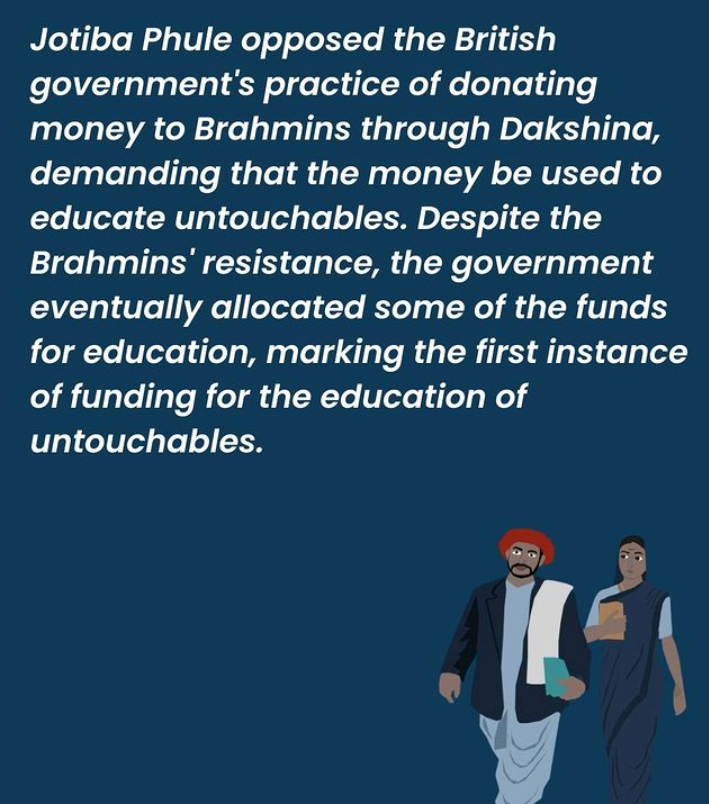Friday, April 14, 2023
Job security
Industrial Relations Code,
The Industrial Relations Code, 2020 consolidated and amended the laws relating to Trade Unions, conditions of employment in industrial establishment or undertaking, investigation and settlement of industrial disputes. The act combines and simplifies 3 Central Labour Laws.
In hindi
औद्योगिक संबंध संहिता, 2020
संपादन करना
औद्योगिक संबंध संहिता, 2020 ने ट्रेड यूनियनों, औद्योगिक प्रतिष्ठान या उपक्रम में रोजगार की शर्तों, जांच और औद्योगिक विवादों के निपटारे से संबंधित कानूनों को समेकित और संशोधित किया। अधिनियम 3 केंद्रीय श्रम कानूनों को जोड़ता है और सरल करता है.
In marathi -
औद्योगिक संबंध संहिता, 2020
सुधारणे
औद्योगिक संबंध संहिता, 2020 ने कामगार संघटनांशी संबंधित कायदे, औद्योगिक आस्थापना किंवा उपक्रमांमधील रोजगाराच्या अटी, औद्योगिक विवादांची चौकशी आणि निराकरण यासंबंधीचे कायदे एकत्रित आणि सुधारित केले आहेत. हा कायदा 3 केंद्रीय कामगार कायदे एकत्र आणि सुलभ करतो.
।
Collective action
Board representation
Trade unions
Trade unionsEdit
Article 19(1)(c) of the Constitution of India gives everyone an enforceable right "to form associations or unions".
The Trade Unions Act 1926, amended in 2001, contains rules on governance and general rights of trade unions.[28] It is repealed by the Industrial Relations Code, 2020. Trade Unions in India historically have had a deleterious effect on industrial peace in India [1].[2]Great Bombay textile strike[3]
In marathi
कामगार संघटना
सुधारणे
मुख्य लेख: भारतातील कामगार संघटना
भारतीय राज्यघटनेचे कलम 19(1)(c) प्रत्येकाला "संघटना किंवा संघ स्थापन करण्याचा" अंमलबजावणीयोग्य अधिकार देते.
ट्रेड युनियन कायदा 1926, 2001 मध्ये सुधारित, यात कामगार संघटनांच्या प्रशासन आणि सामान्य अधिकारांवर नियम समाविष्ट आहेत.[28] हे औद्योगिक संबंध संहिता, 2020 द्वारे रद्द करण्यात आले आहे. भारतातील ट्रेड युनियनचा ऐतिहासिकदृष्ट्या भारतातील औद्योगिक शांततेवर घातक परिणाम झाला आहे [1].[2]ग्रेट बॉम्बे टेक्सटाइल स्ट्राइक[3]
In hindi
ट्रेड यूनियन
संपादन करना
मुख्य लेख: भारत में ट्रेड यूनियन
भारत के संविधान का अनुच्छेद 19(1)(सी) प्रत्येक व्यक्ति को "संघ या संघ बनाने" का एक प्रवर्तनीय अधिकार देता है।
In hindi
ट्रेड यूनियन अधिनियम 1926, 2001 में संशोधित, में ट्रेड यूनियनों के शासन और सामान्य अधिकारों पर नियम शामिल हैं। [28] इसे औद्योगिक संबंध संहिता, 2020 द्वारा निरस्त कर दिया गया है। भारत में ट्रेड यूनियनों का ऐतिहासिक रूप से भारत में औद्योगिक शांति पर हानिकारक प्रभाव पड़ा है [1]। [2]ग्रेट बॉम्बे टेक्सटाइल स्ट्राइक [3]
The Code On Social Security, 2020
The Code On Social Security, 2020Edit
The Code on Social Security, 2020, consolidating 9 central labour enactments relating to social security.
In hindi - सामाजिक सुरक्षा संहिता, 2020
संपादन करना
सामाजिक सुरक्षा संहिता, 2020, सामाजिक सुरक्षा से संबंधित 9 केंद्रीय श्रम अधिनियमों को समेकित करती
In marathi -
सामाजिक सुरक्षा संहिता, 2020
सुधारणे
सामाजिक सुरक्षा संहिता, 2020, सामाजिक सुरक्षेशी संबंधित 9 केंद्रीय कामगार अधिनियमांचे एकत्रीकरण
pension and insurance
Pensions and insuranceEdit
The Employees' Provident Fund and Miscellaneous Provisions Act 1952 (repealed in 2020) created the Employees' Provident Fund Organisation of India. This functions as a pension fund for old age security for the organised workforce sector. For those workers, it creates Provident Fund to which employees and employers contribute equally, and the minimum contributions are 10-12 per cent of wages. On retirement, employees may draw their pension.[24]
The Employees' State Insurance provides health and social security insurance. This was created by the Employees' State Insurance Act 1948.[25]
The Unorganised Workers' Social Security Act 2008 (repealed in 2020) was passed to extend the coverage of life and disability benefits, health and maternity benefits, and old age protection for unorganised workers. "Unorganised" is defined as home-based workers, self-employed workers or daily-wage workers. The state government was meant to formulate the welfare system through rules produced by the National Social Security Board.
The Maternity Benefit Act 1961 (repealed in 2020), creates rights to payments of maternity benefits for any woman employee who worked in any establishment for a period of at least 80 days during the 12 months immediately preceding the date of her expected delivery.[26] On 30 March 2017 the President of India Pranab Mukherjee approved the Maternity Benefit (Amendment) Act, 2017 which provides for 26-weeks paid maternity leave for women employees.
The Employees’ Provident Funds and Miscellaneous Provisions Act, 1952 (repealed in 2020), provides for compulsory contributory fund for the future of an employee after his/her retirement or for his/her dependents in case of employee's early death. It extends to the whole of India except the State of Jammu and Kashmir and is applicable to:
- every factory engaged in any industry specified in Schedule 1 in which 20 or more persons are employed.
- every other establishment employing 20 or more persons or class of such establishments that the Central Govt. may notify.
- any other establishment so notified by the Central Government even if employing less than 20 persons.
In marathi - पेन्शन आणि विमा
सुधारणे
मुख्य लेख: भारतातील निवृत्तीवेतन आणि सामाजिक विमा
कर्मचारी भविष्य निर्वाह निधी आणि विविध तरतुदी कायदा 1952 (2020 मध्ये रद्द) ने भारतातील कर्मचारी भविष्य निर्वाह निधी संघटना तयार केली. हा संघटित कामगार क्षेत्रासाठी वृद्धापकाळाच्या सुरक्षेसाठी पेन्शन फंड म्हणून कार्य करतो. त्या कामगारांसाठी, तो भविष्य निर्वाह निधी तयार करतो ज्यामध्ये कर्मचारी आणि नियोक्ते समान योगदान देतात आणि किमान योगदान वेतनाच्या 10-12 टक्के असते. सेवानिवृत्तीवर, कर्मचारी त्यांचे पेन्शन काढू शकतात.[24]
इंदिरा गांधी राष्ट्रीय वृद्धापकाळ निवृत्तीवेतन योजना
राष्ट्रीय पेन्शन योजना
सार्वजनिक भविष्य निर्वाह निधी (भारत)
कर्मचारी राज्य विमा आरोग्य आणि सामाजिक सुरक्षा विमा प्रदान करते. हे कर्मचारी राज्य विमा कायदा 1948 द्वारे तयार केले गेले.[25]
असंघटित कामगारांचा सामाजिक सुरक्षा कायदा 2008 (2020 मध्ये रद्द करण्यात आला) हा असंघटित कामगारांसाठी जीवन आणि अपंगत्व लाभ, आरोग्य आणि मातृत्व लाभ आणि वृद्धापकाळ संरक्षणाचा विस्तार करण्यासाठी पारित करण्यात आला. "असंघटित" ची व्याख्या घर-आधारित कामगार, स्वयंरोजगार कामगार किंवा रोजंदारी कामगार अशी केली जाते. राष्ट्रीय सामाजिक सुरक्षा मंडळाने तयार केलेल्या नियमांद्वारे राज्य सरकारने कल्याणकारी व्यवस्था तयार करायची होती.
मॅटर्निटी बेनिफिट ऍक्ट 1961 (2020 मध्ये रद्द करण्यात आला), कोणत्याही महिला कर्मचार्यासाठी प्रसूती फायद्यांच्या पेमेंटचे अधिकार निर्माण करतो ज्याने तिच्या अपेक्षित प्रसूतीच्या तारखेच्या लगेच आधीच्या 12 महिन्यांत किमान 80 दिवसांच्या कालावधीसाठी कोणत्याही आस्थापनामध्ये काम केले होते.[26 ] 30 मार्च 2017 रोजी भारताचे राष्ट्रपती प्रणव मुखर्जी यांनी मातृत्व लाभ (सुधारणा) कायदा, 2017 मंजूर केला जो महिला कर्मचार्यांना 26 आठवड्यांच्या सशुल्क प्रसूती रजेची तरतूद करतो.
कर्मचारी भविष्य निर्वाह निधी आणि विविध तरतुदी कायदा, 1952 (2020 मध्ये रद्द), कर्मचार्याच्या निवृत्तीनंतरच्या भविष्यासाठी किंवा कर्मचार्याचा लवकर मृत्यू झाल्यास त्याच्या/तिच्या अवलंबितांसाठी अनिवार्य अंशदायी निधीची तरतूद करते. हे जम्मू आणि काश्मीर राज्य वगळता संपूर्ण भारतामध्ये विस्तारित आहे आणि त्यांना लागू आहे:
शेड्यूल 1 मध्ये निर्दिष्ट केलेल्या कोणत्याही उद्योगात गुंतलेला प्रत्येक कारखाना ज्यामध्ये 20 किंवा त्याहून अधिक व्यक्ती कार्यरत आहेत.
20 किंवा त्याहून अधिक व्यक्ती किंवा अशा आस्थापनांचा वर्ग कार्यरत असलेली प्रत्येक इतर आस्थापना केंद्र सरकार. सूचित करू शकते.
केंद्र सरकारने अधिसूचित केलेली कोणतीही अन्य आस्थापना 20 पेक्षा कमी व्यक्तींना रोजगार दे
असली तरीही.
[२७]
In hindi - पेंशन और बीमा
संपादन करना
मुख्य लेख: भारत में पेंशन और सामाजिक बीमा
कर्मचारी भविष्य निधि और विविध प्रावधान अधिनियम 1952 (2020 में निरस्त) ने भारत के कर्मचारी भविष्य निधि संगठन का निर्माण किया। यह संगठित कार्यबल क्षेत्र के लिए वृद्धावस्था सुरक्षा के लिए पेंशन निधि के रूप में कार्य करता है। उन श्रमिकों के लिए, यह भविष्य निधि बनाता है जिसमें कर्मचारी और नियोक्ता समान रूप से योगदान करते हैं, और न्यूनतम योगदान मजदूरी का 10-12 प्रतिशत है। सेवानिवृत्ति पर, कर्मचारी अपनी पेंशन प्राप्त कर सकते हैं। [24]
इंदिरा गांधी राष्ट्रीय वृद्धावस्था पेंशन योजना
राष्ट्रीय पेंशन योजना
सार्वजनिक भविष्य निधि (भारत)
कर्मचारी राज्य बीमा स्वास्थ्य और सामाजिक सुरक्षा बीमा प्रदान करता है। यह कर्मचारी राज्य बीमा अधिनियम 1948 द्वारा बनाया गया था। [25]
असंगठित श्रमिकों के लिए जीवन और विकलांगता लाभ, स्वास्थ्य और मातृत्व लाभ, और वृद्धावस्था सुरक्षा के कवरेज का विस्तार करने के लिए असंगठित श्रमिकों का सामाजिक सुरक्षा अधिनियम 2008 (2020 में निरस्त) पारित किया गया था। "असंगठित" को घर-आधारित श्रमिकों, स्व-नियोजित श्रमिकों या दैनिक वेतन भोगी श्रमिकों के रूप में परिभाषित किया गया है। राज्य सरकार राष्ट्रीय सामाजिक सुरक्षा बोर्ड द्वारा निर्मित नियमों के माध्यम से कल्याण प्रणाली तैयार करने के लिए थी।
मातृत्व लाभ अधिनियम 1961 (2020 में निरस्त), किसी भी महिला कर्मचारी के लिए मातृत्व लाभ के भुगतान का अधिकार बनाता है, जिसने किसी भी प्रतिष्ठान में 12 महीनों के दौरान कम से कम 80 दिनों की अवधि के लिए काम किया हो, जो उसकी अपेक्षित डिलीवरी की तारीख से ठीक पहले हो। [26] ] 30 मार्च 2017 को भारत के राष्ट्रपति प्रणब मुखर्जी ने मातृत्व लाभ (संशोधन) अधिनियम, 2017 को मंजूरी दी, जो महिला कर्मचारियों के लिए 26 सप्ताह के सवैतनिक मातृत्व अवकाश का प्रावधान करता है।
कर्मचारी भविष्य निधि और विविध प्रावधान अधिनियम, 1952 (2020 में निरस्त), एक कर्मचारी की सेवानिवृत्ति के बाद या कर्मचारी की असामयिक मृत्यु के मामले में उसके आश्रितों के लिए अनिवार्य अंशदान निधि प्रदान करता है। यह जम्मू और कश्मीर राज्य को छोड़कर पूरे भारत में फैला हुआ है और निम्न पर लागू होता है:
अनुसूची 1 में निर्दिष्ट किसी भी उद्योग में लगा हुआ प्रत्येक कारखाना जिसमें 20 या अधिक व्यक्ति कार्यरत हैं।
20 या अधिक व्यक्तियों या ऐसे प्रतिष्ठानों के वर्ग को रोजगार देने वाला हर दूसरा प्रतिष्ठान जो केंद्र सरकार। सूचित कर सकता है।
20 से कम व्यक्तियों को रोजगार देने पर भी केंद्र सरकार द्वारा अधिसूचित कोई अन्य प्रतिष्ठान।
[27]
Health and safety
Wage regulation
Scope of protection
Tuesday, April 11, 2023
Mahatma Jyotiba
Rare documents
Indiatimes
1.8 lakh cases
Dalit Girl
backward
Dalit History Month, 2023: Dr Ambedkar advocated for the cause of labour liberation and fought for the rights and benefits of workers, particularly women.
bengalurugooner Such a shame
International comparison
International comparison The table below contrasts the labour laws in India to those in China and United States, as of 2022. Relative regula...
-
What could be more gratifying than to gradually increase your own knowledge? _ Dr Babasaheb Ambedkar
-
Fair dismissal Edit See also: Unfair dismissal Some of India's most controversial labour laws concern the procedures for dismissal conta...
-
State laws Each state in India may have special labour regulations in certain circumstances. Every state in India makes its own regulations ...
